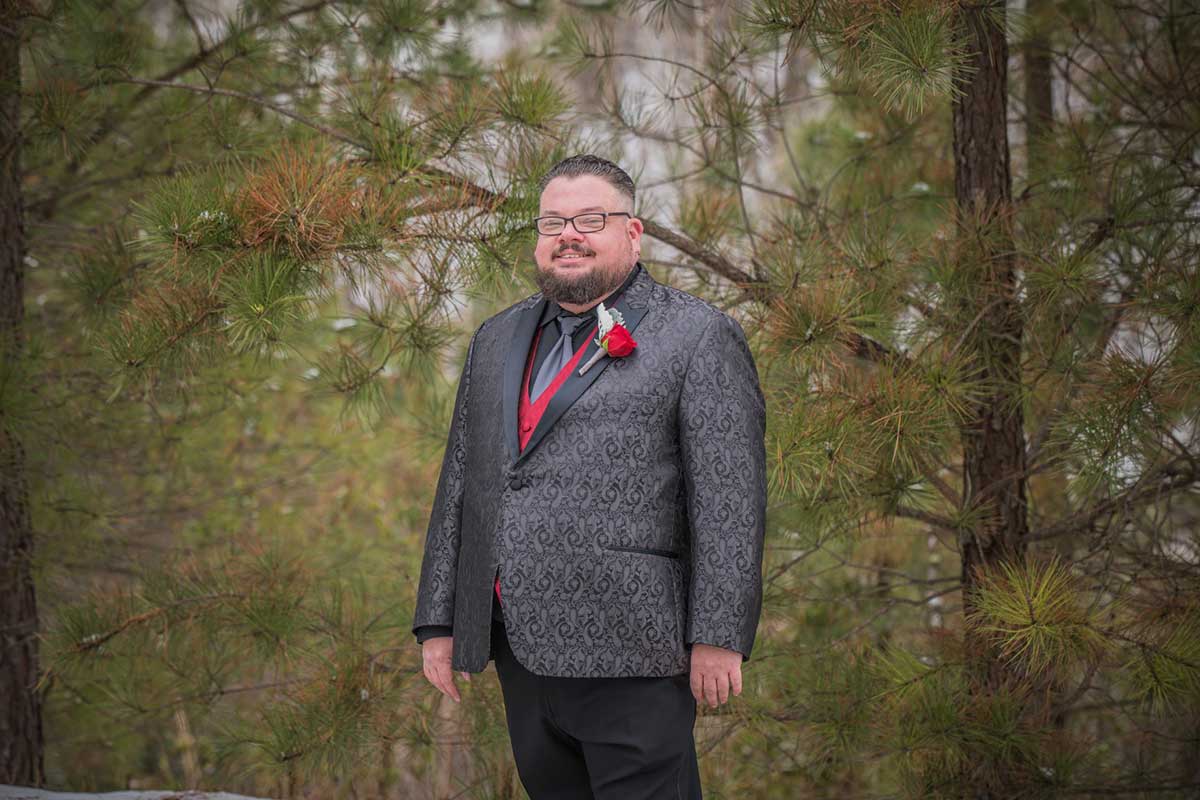Medical treatments and advancements are ever-changing in the healthcare professional fields, and they often bring the latest scientific knowledge and best practices into play. Missouri is home to top doctors and scientists and premier research institutions and research hospitals. Here is some of the latest progress Missouri’s professionals have made to further advance medicine.

Reducing Lung-Cancer Tumors
Washington University School of Medicine researchers are part of a cohort studying a new drug, sotorasib, that seems to reduce the size of tumors in lung-cancer patients. The results of a clinical trial in The New England Journal of Medicine this summer showed tumors caused by certain DNA were reduced with use of the drug.
The trial included 126 patients with the mutation, which is when one of the protein building blocks is swapped with another. About 13 percent of patients with a type of non-small-cell lung adenocarcinoma, one of the two major forms of lung cancer, have the mutation.
According to the American Cancer Association, lung cancer is the leading cause of cancer death among both men and women. It makes up about 25 percent of all cancer deaths. The drug, sotorasib, is considered a first therapy that targets this kind of mutation for lung-cancer patients.
Personalized Cancer Vaccines
Vaccines have been on a lot of minds in the last year as the pandemic hit and we waited for one that could boost our immune systems to fight off COVID-19 if we were to come in contact with it. Scientists have wondered if vaccines could be a source of treatment and prevention for other diseases. Researchers at Washington University School of Medicine are studying how to create vaccines that are tailored, made for breast and pancreatic cancer. The researchers are working on vaccines that would take part of a tumor of someone in latestage pancreatic cancer and use it to create the specialized vaccine for that person. Results so far show the treatment seems to trigger an immune response, which prompts the body’s systems to start fighting disease, when it goes after a patient’s tumor. Right now in animal models, the vaccines, along with other treatments, are proving to be effective in systems fighting back against cancer. It is uncertain when these methods might be ready for trial in humans, but the results in mice are showing promise.
Standing Tall
Scoliosis is a condition in which the spine curves sideways. It becomes apparent in some kids who are growing rapidly right before they reach puberty at a time when they might be involved in sports and many physical activities.
Until recently, the predominant way to treat scoliosis was with spinal fusion, a procedure that permanently connects two or more vertebrae. But the downfall is that the person’s activity level after the procedure is only 60 percent. The procedure can also take away mobility and lead to complications such as arthritis.
Dr. Daniel Hoernschemeyer at MU Health System in Columbia is getting kids back into sports, cheerleading, and active lives with a procedure that has attracted nearly one hundred patients to the region because of its novelty. He is among a handful of doctors in the United States performing the fusion-less procedure, called vertebral body tethering (VBT). In VBT, screws are put on the outside of the vertebra. Then a cord is run to connect the screws and allow for the spine to straighten out as the young patient continues to grow.
Hoernschemeyer had been interested since his residency training on how to perform minimally invasive surgery for kids, he says. “I took a couple courses and thought there might be an approach to do spine surgery and along came VBS—vertebral body stapling [an early form from VBT],” he says.
When the idea of VBT became reality, he started studying the procedure and how to execute it. Early results were published in Spine Deformity and European Spine Journal in 2014 and 2015, and it had a good success rate so he stuck with it. He has treated about ninety kids from nineteen states since he started performing the procedure seven years ago. Patients travel to Columbia from across the Midwest for the procedure.
“Surgeons from around the country have come to learn from us and practice in treating patients,” Hoernschemeyer says. With the tethering procedure, the patient’s activity level usually returns to about 95 percent, he says. Overall, it’s a minimally invasive correction of scoliosis, and it helps maintain flexibility and allows kids to continue to grow and return to sports and activity, he says
Laughing Gas for Depression
Sometimes the best medicine is a good laugh, and laughing-gas treatments are gaining ground for patients who have tried other methods of treating depression. Some treatments for depression or drugs for anti-depression affect receptors in the brain that can take a long time to show any improvements since they target certain genes that code for certain effects on the brain that the medication is trying to change.
Washington University School of Medicine researchers organized a trial that allowed patients suffering with depression to have one hour of a mixture of oxygen and nitrous oxide, also known as laughing gas. Initial findings from the use of laughing gas indicate some people whose bodies have had some resistance to conventional depression-related treatments could see relief from this breathing treatment.
Conclusions of the study showed that using nitrous oxide either at a 25 percent or 50-50 mixture with oxygen seemed to improve depression in seventeen of twenty-four participants within a few hours. When following up with patients two weeks post treatment, the patients with the 50 percent mix showed the treatment’s effects lasting longer.
Surgery Without the Scars
Uterine cancer, ovarian cancer, and other abdominal procedures can leave patients with evidence that they had surgery as a reminder of the illness. But patients will now be able to tell the stories, not show the scars, because of a new type of surgery being used by some doctors at St. Luke’s Hospital in Kansas City. Ordinarily, surgeries of this nature can leave smaller, two-inch scars where the incisions were made, but with this procedure, which is new to the region, no evidence remains as surgeons perform the operation by going through the belly button.
Related Posts
Cannabis is Medicine
One man suffering from anxiety and depression finds relief.
Revitalizing Missouri Downtowns
Here’s how Missourians are working together to revitalize downtowns across the state.


